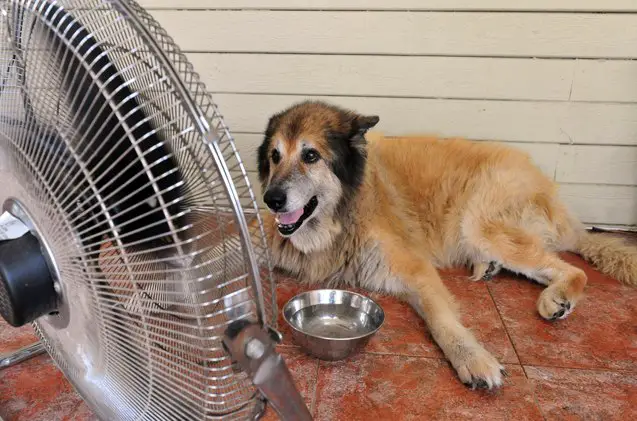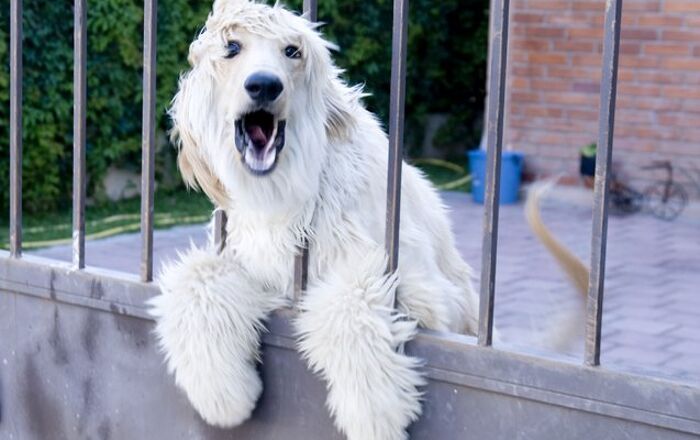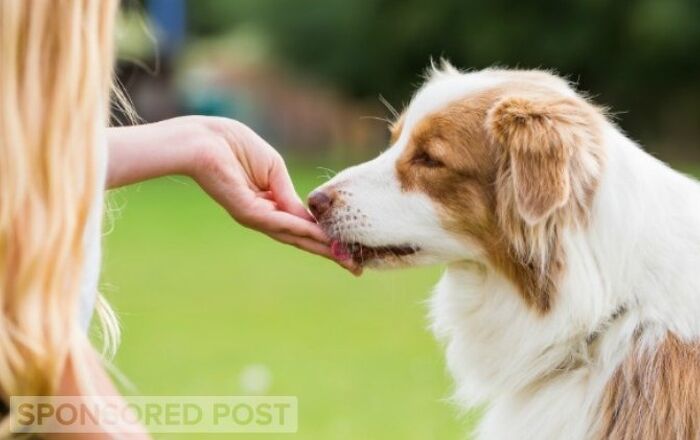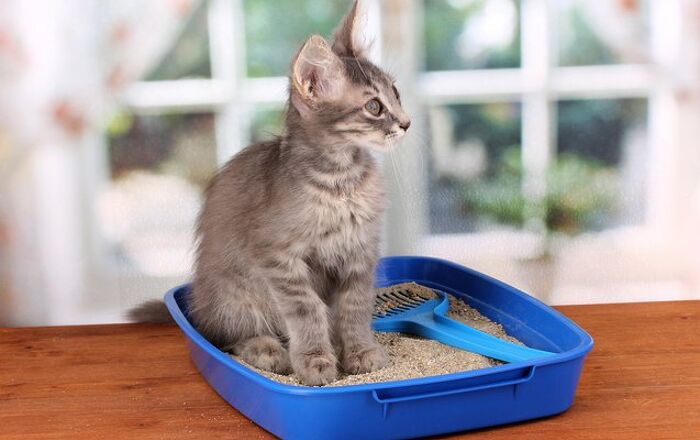
Understanding and preventing heat stroke in dogs
You’ve seen it before. We all have. You’re walking through a parking lot, minding your own business, and there it is. A dog left in a car by a horrible human. It’s amazing that it still happens. We all know how this works now. Leaving a dog in a car baking under the sun isn’t just negligent, it’s down right abusive. Every summer we all hope that this terrible trend will finally end and every summer we’re ultimately disappointed.
While you have undoubtedly heard about the dangers of leaving your dog in the car on a hot summer day, but you may not realize just how deadly heat stroke really is. Even if the temperature outside is only 85°F, the temperature in your car could rise to over 102°F in as little as 10 minutes. Leaving the windows cracked in your car isn’t enough to facilitate air flow and it won’t be long before your dog’s body starts to break down.
Those numbers are horrifying. It’s deeply disturbing how quickly this can go wrong. Beyond that, leaving a dog in your car is far from the only time that your precious pup is susceptible heat stroke. While your pooch may thrive in the summer months and seems desperate run and roll around in the sun at all times, you have to be careful. In the height of the summer heat, your dog is sadly in danger. Being vigilant is all it takes to ensure that your dog makes it through the summer happy and safe, but do take this issue seriously. Don’t risk your dog’s well being in the heat and do everything you can to prevent heatstroke from happening by reading the facts and tips in this article about heat stroke in dogs.
Signs and Symptoms
Many dog owners whose pets have been victims of heat stroke say that the condition struck without warning and, in a matter of minutes, their dog was dead. That’s horrifying. Enough to make you want to never take your dog outdoors again. However, it’s important to keep things in perspective. Your dog is unlikely to ever suddenly drop dead from heat stroke. In reality, dogs do exhibit certain signs and symptoms when they are suffering from heat stroke – you just have to know what to look for. What you need to realize is that dogs do not have sweat glands anywhere but their feet so they are unable to cool themselves down by sweating. Rather, dogs pant to cool themselves but, when the temperature of the air they are breathing is not much cooler than the dog’s body temperature, panting does little good. This is where the problems lie. Thankfully, as long as you know what to look for and pay attention, it’s very easy to spot the warning signs before anything unfortunate happens. Just keep those peepers of yours open!
Some of the most common signs of heat stroke in dogs include:
In most cases, your dog will start to pant heavily as heat stroke sets in. Within minutes, the tongue and mucous membranes in the mouth will turn bright red and the dog’s saliva will thicken. This disgusting process quite often causes the poor pooch to vomit. As the dog’s body temperature rises, his body becomes unstable and he will succumb to shock. In the final stages of heat stroke, the dog’s lips and gums may turn gray, followed by collapse, seizure, coma and death. It’s a horrible process, so it’s important to take action as soon as you notice any of these potential warning signs. What action should you take? Let’s look right now.
Emergency Treatment for Heat Stroke in Dogs
If you have even the slightest suspicion that your dog is suffering from heat stroke, you must take action immediately. Your first step is to remove the dog from the source of heat. Ideally, you’ll want to take your dog into an air-conditioned building, if you can, so that the dog can breathe cool air. If possible, take your dog’s rectal temperature as soon as you begin treatment and continue to check it every ten minutes (not the greatest experience for your pooch in a stressful scenario, but it’s important to monitor). If the dog’s temperature is below 104°F, moving him to a cool building may be enough to prevent the heat stroke from worsening. If the dog’s temperature is above 104°F, however, you need to rapidly cool the dog by placing him in a tub of cool water and spraying him down. This needs to happen immediately, but don’t get too hasty. You don’t want to shock the poor pooch too severely. It’s a cool down process, not a harsh shock of cold.
If you cannot immerse your dog in water, placing him in front of an electric fan and applying cold packs to the groin may help. You should also wipe the dog’s paws with cool water to help cool him down. Once your dog’s temperature drops below 103°F you can stop the cooling process and begin drying your dog off. If you continue to cool the dog too much, he could suffer from shock and/or hypothermia. The last thing that you want to do is replace one significant health hazard with another. After you get your dog’s condition under control, it is essential that you take him to the vet for a check-up to be sure no severe damage has been done. Even if Fido seems like he’s back to normal, there are many long term issues that could back up without proper assessment and treatment. This is a serious issue.
Tips for Prevention
If the solutions to pulling your dog back from the brink of heat stroke sound intense, severe, and nerve-wracking, well that’s because they are. You are essentially acting as an emergency room doctor fighting for your pup’s life. Thankfully, this isn’t the only solution to keeping your pup safe from heat stroke. This is all only necessary when you’re fighting against time after the problem has already occurred. The best approach is to avoid the onset of heatstroke is the prevent it from happening in the first place and thankfully there are plenty of preventive possibilities.
Preventing heat stroke in dogs is actually fairly easy if you take a few simple precautions. Avoid keeping your dog outside for extended periods of time without access to shade and always give him plenty of fresh water (it’s always a good idea to travel with some drinking water for your pooch during any summer walk). On particularly hot days, do not force your dog to participate in vigorous exercise and never leave him in the car – even for a short period of time. If your dog appears to be getting too hot, wet him down or move him inside where it is cooler.
Your dog is your best friend, so the last thing you want to happen is a tragedy like losing him to heat stroke. Because heat stroke in dogs is so easy to prevent, there is no reason for you not to take the simple steps required to do so. For your dog’s sake, and for your own, be responsible with your dog in the heat. All it takes a little cautious behaviour to prevent heatstroke. Why take the risk?














